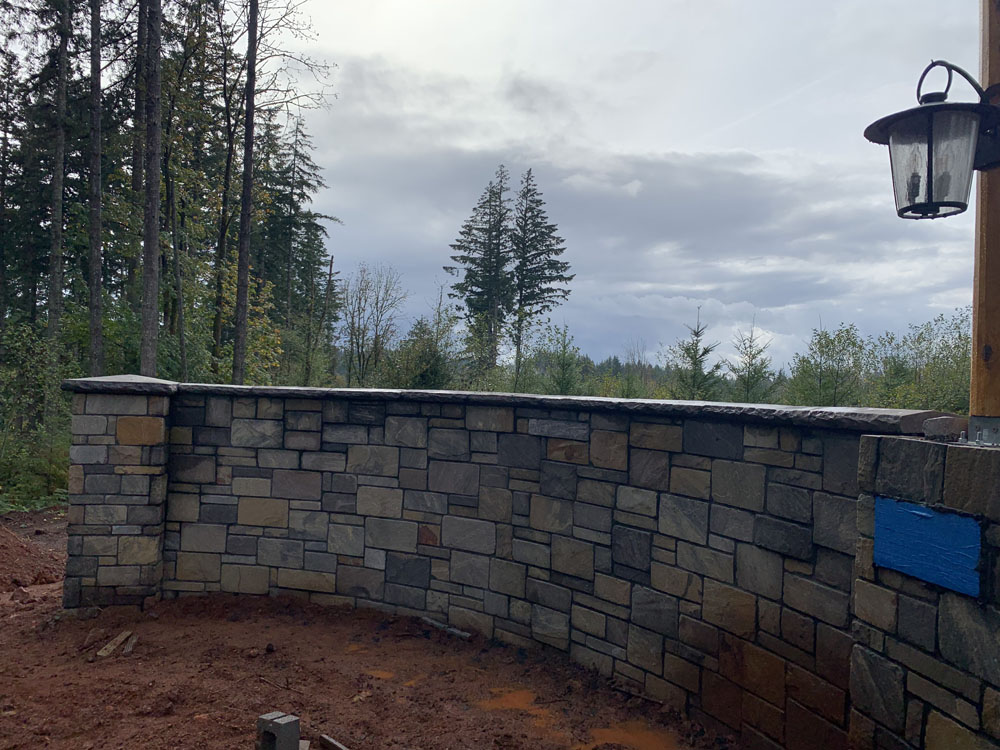Introduction
When it comes to enhancing the aesthetic appeal and functionality of your outdoor space, masonry walkways stand out as a popular choice. They not only add charm and character but also provide a durable surface for foot traffic. However, amid the excitement of designing and laying down your beautiful masonry walkway, one critical aspect often gets overlooked: proper drainage. Without adequate drainage systems, your investment can quickly turn into a problem rather than an asset. This article delves into The Importance of Proper Drainage in Your Masonry Walkway Project, exploring how effective drainage solutions can make or break your walkway's longevity and performance.
Masonry ContractorUnderstanding Masonry Walkways
What are Masonry Walkways?
Masonry walkways are pathways constructed using various materials such as brick, stone, or concrete blocks. They offer an aesthetically pleasing alternative to traditional asphalt or poured concrete paths. The versatility in design options allows homeowners to create personalized outdoor spaces that reflect their taste and style.
Why Choose Masonry for Your Walkway?
Durability: One of the standout features of masonry is its durability. Unlike wood or other materials susceptible to rotting or warping, masonry can withstand the elements.
Aesthetic Appeal: The natural beauty of stone or brick adds an organic feel to landscapes, making them visually appealing.
Low Maintenance: With minimal upkeep required, masonry walkways remain functional and attractive with little effort.
Increased Property Value: A well-constructed masonry walkway can enhance curb appeal and increase property value.
Common Materials Used in Masonry Walkways
- Brick: Classic and timeless, bricks are versatile in color and shape. Natural Stone: Offers a unique look; no two stones are identical. Concrete Pavers: Available in various designs, these can mimic the look of more expensive materials.
The Importance of Proper Drainage in Your Masonry Walkway Project
Proper drainage is not just an afterthought; it's essential for maintaining masonry walkways materials the integrity of your masonry walkway over time. Without it, you may face numerous issues that could compromise both safety and aesthetics.
How Does Poor Drainage Affect Your Walkway?
Erosion: Water pooling around walkways causes soil erosion beneath the surface.
Cracking: Water that seeps into cracks during colder months can freeze, expand, and ultimately cause further damage.
Mold Growth: Standing water promotes mold growth which is not only unsightly but also a health hazard.
Weeds: Excessive moisture creates an ideal environment for weeds to thrive between stones or bricks.
Factors Influencing Drainage Needs
Topography of Your Property
The slope or grading of your yard plays a significant role in how water drains away from structures, including walkways.
Soil Type
Certain soil types absorb water better than others. Sandy soils drain quickly while clay soils tend to retain water longer.
Climate Considerations
Your local climate will dictate how much rainfall you receive annually—and therefore how much drainage you’ll need to implement effectively.
Effective Drainage Solutions for Masonry Walkways
Installing a French Drain System
A French drain consists of a trench filled with stone or gravel that redirects surface water away from your walkway.
Steps to Install a French Drain:
Mark the area where water tends to pool. Excavate a trench at least 6 inches deep. Lay down landscape fabric before adding gravel. Position perforated pipe within the gravel-filled trench. Cover with additional gravel and fabric before filling with soil if desired.Creating a Slope Towards Drains
When laying down your walkway, ensure it slopes slightly towards designated drainage areas—this encourages proper water flow away from the path itself.
Using Permeable Pavers for Natural Drainage Solutions
Permeable pavers allow water to seep through their surfaces into underlying layers instead of running off—a perfect option for environmentally conscious homeowners looking for sustainable solutions!
Common Mistakes When Planning Your Walkway’s Drainage System
Ignoring Local Regulations Failing to Assess Soil Conditions Overlooking Vegetation Impact Skipping MaintenanceFAQs
1. What happens if I neglect proper drainage?
Neglecting proper drainage may lead to costly repairs due to erosion, cracking, mold growth, and weed infestation on your masonry walkway.
2. How can I tell if my current walkway has drainage issues?
Signs include visible pooling after rainstorms, cracks appearing on the surface, or excessive moss or mold growth along edges.
3. Can I install drainage myself?
While some drainage solutions like French drains may be DIY-friendly, complex systems might require professional assistance for optimal results.
4. Do permeable pavers really help with drainage?
Yes! Permeable pavers facilitate natural absorption by allowing water to seep through their surfaces into underlying layers instead of creating runoff pools.
5. Is there any maintenance involved with these systems?
Regularly check for blockages in drains/pipes caused by debris accumulation; periodic cleaning ensures effective operation!
6. What should I consider when choosing plants near my walkway?
Select plants that thrive in well-draining soil conditions while avoiding invasive species known for excessive spreading roots which could disrupt underlying structures!

Conclusion
Investing time and resources into understanding The Importance of Proper Drainage in Your Masonry Walkway Project is paramount if you want longevity from this outdoor feature without incurring unnecessary costs later on down the line! From selecting appropriate materials all the way through implementation strategies—every decision counts toward achieving lasting beauty combined with seamless functionality! So go ahead—create that gorgeous pathway while ensuring nature’s elements won’t undermine your hard work! After all—what good is having an alluring exterior space if it’s riddled with complications due solely lackluster attention paid toward effective draining methods? Remember—great designs begin at their foundations!